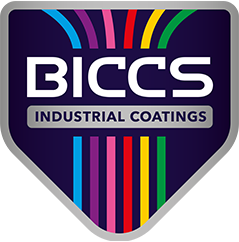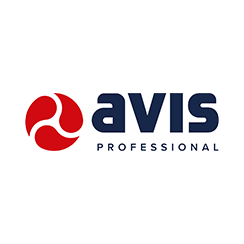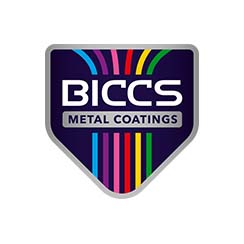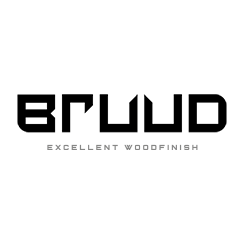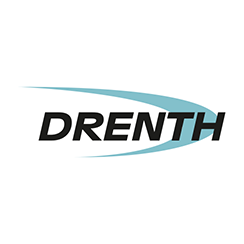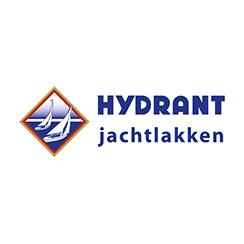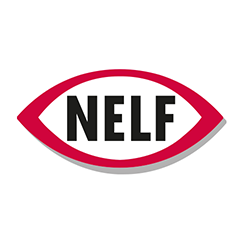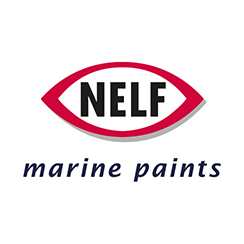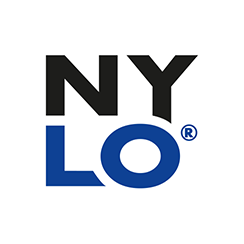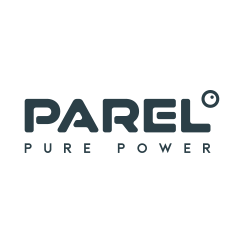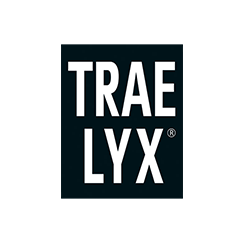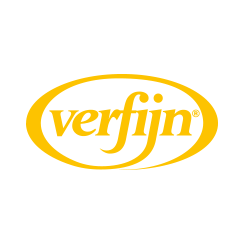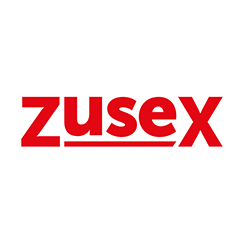SELECTION AID BICCS COATINGS
1 2
Ferrous – Corrosion class
When choosing a corrosion-resistant coating system, the final conditions to which the structure will be exposed must be taken into account: temperature, humidity, UV radiation, chemical and mechanical stresses.
The corrosion class indicates the degree to which metal substrates should be protected against corrosion (rust) and ingress by contaminants. The degree of corrosion load depends on the atmospheric conditions of the environment to which the object will be exposed. Salt and moisture in the air, polluted atmosphere and contaminants affect corrosion formation.
The NEN-EN-ISO 12944-2 contains 5 corrosion categories ranging from ‘C1-very low’ to ‘C5-very high’:
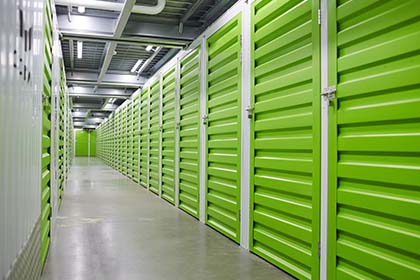
CORROSION CATEGORY
C1/C2 – low
Environmental examples
Indoor: Heated buildings with clean atmospheres, e.g. offices, shops, schools, hotels.
Indoor: Unheated buildings where condensation may occur e.g. depots, sports halls.
Outdoors: Atmosphere with low pollution level. Mostly rural areas.
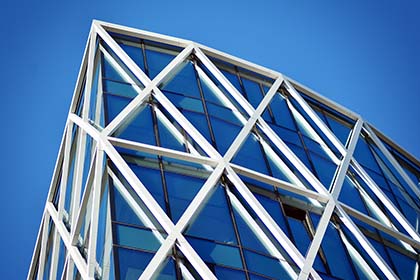
CORROSION CATEGORY
C3 - medium
Environmental examples
Indoor: Production halls with high humidity and some air pollution e.g. food processing plants, laundries, breweries, dairy.
Outdoors: Urban and industrial atmospheres, moderate sulphur dioxide pollution. Coastal areas with low salinity.
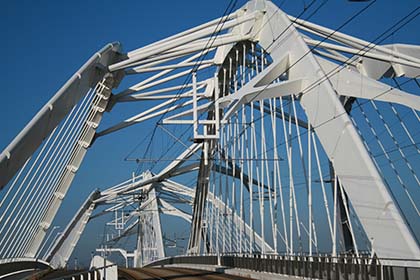
CORROSION CATEGORY
C4 - high
Environmental examples
Indoors: Chemical plants, swimming pools, port
Outdoors: Industrial and coastal areas with moderate salinity
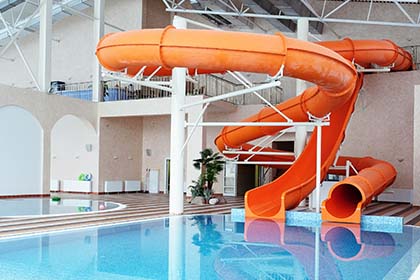
CORROSION CATEGORY
C5-i - very high
Environmental examples
Indoors: Buildings or areas with almost permanent condensation and high pollution.
Outdoors: Industrial areas with high humidity and an aggressive atmosphere.
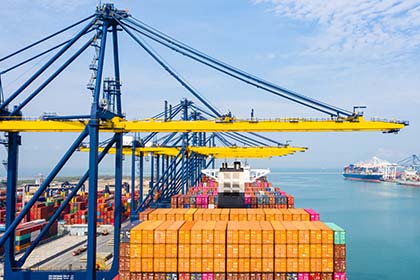
CORROSION CATEGORY
C5-m - very high
Environmental examples
Indoors: Buildings or areas with almost permanent condensation and high pollution.
Outdoors: Coastal and outlying areas with high salinity.
